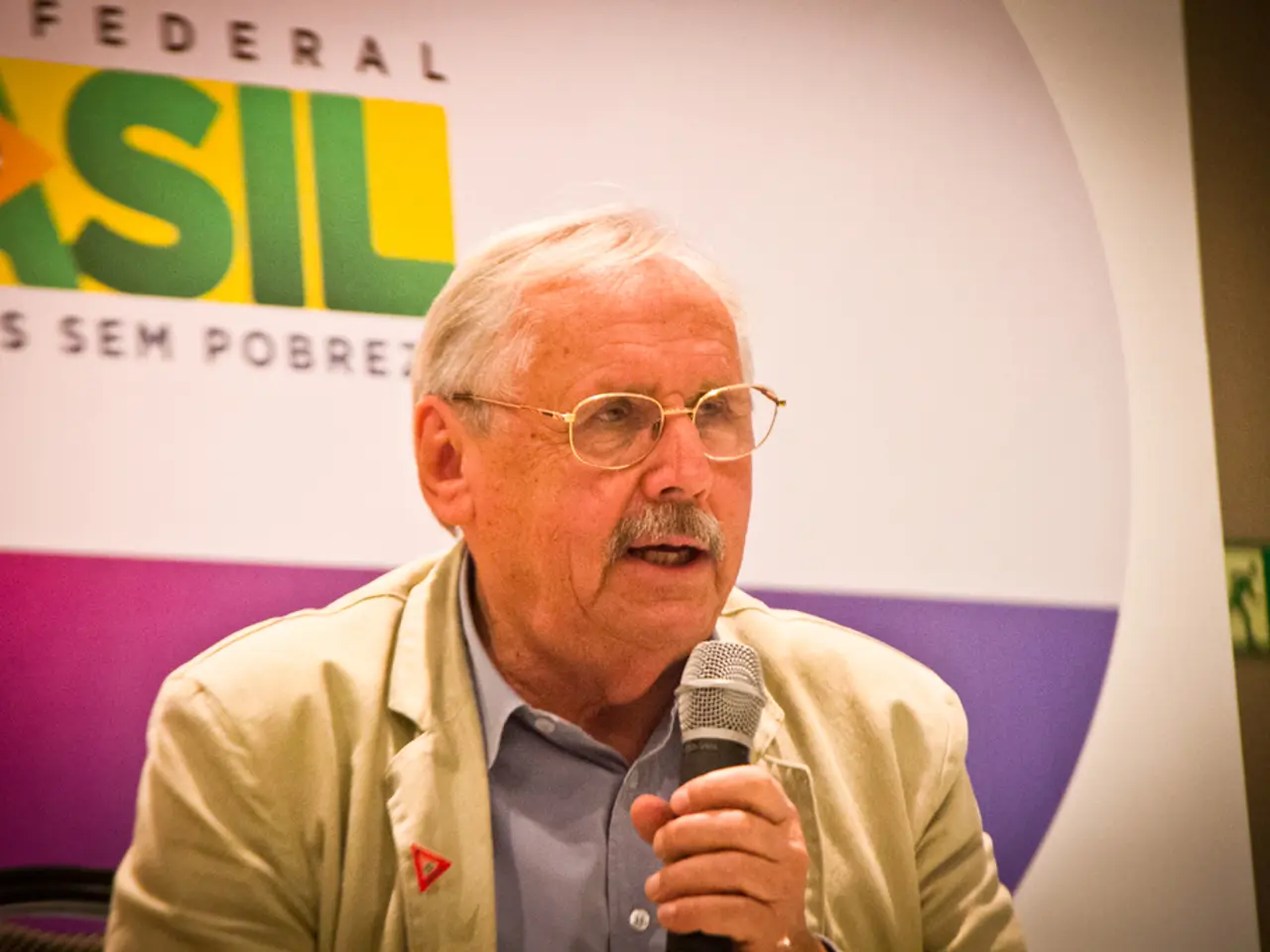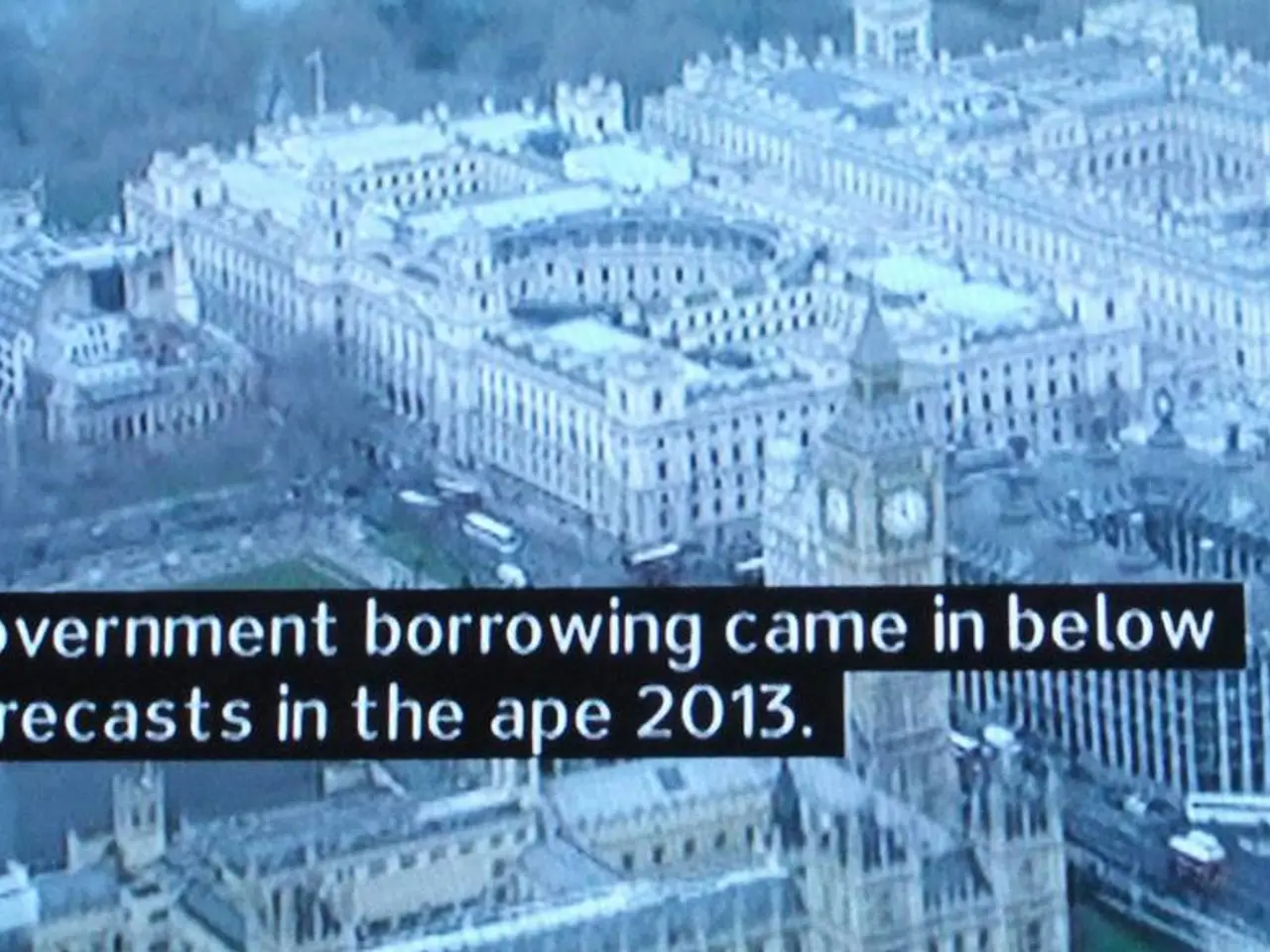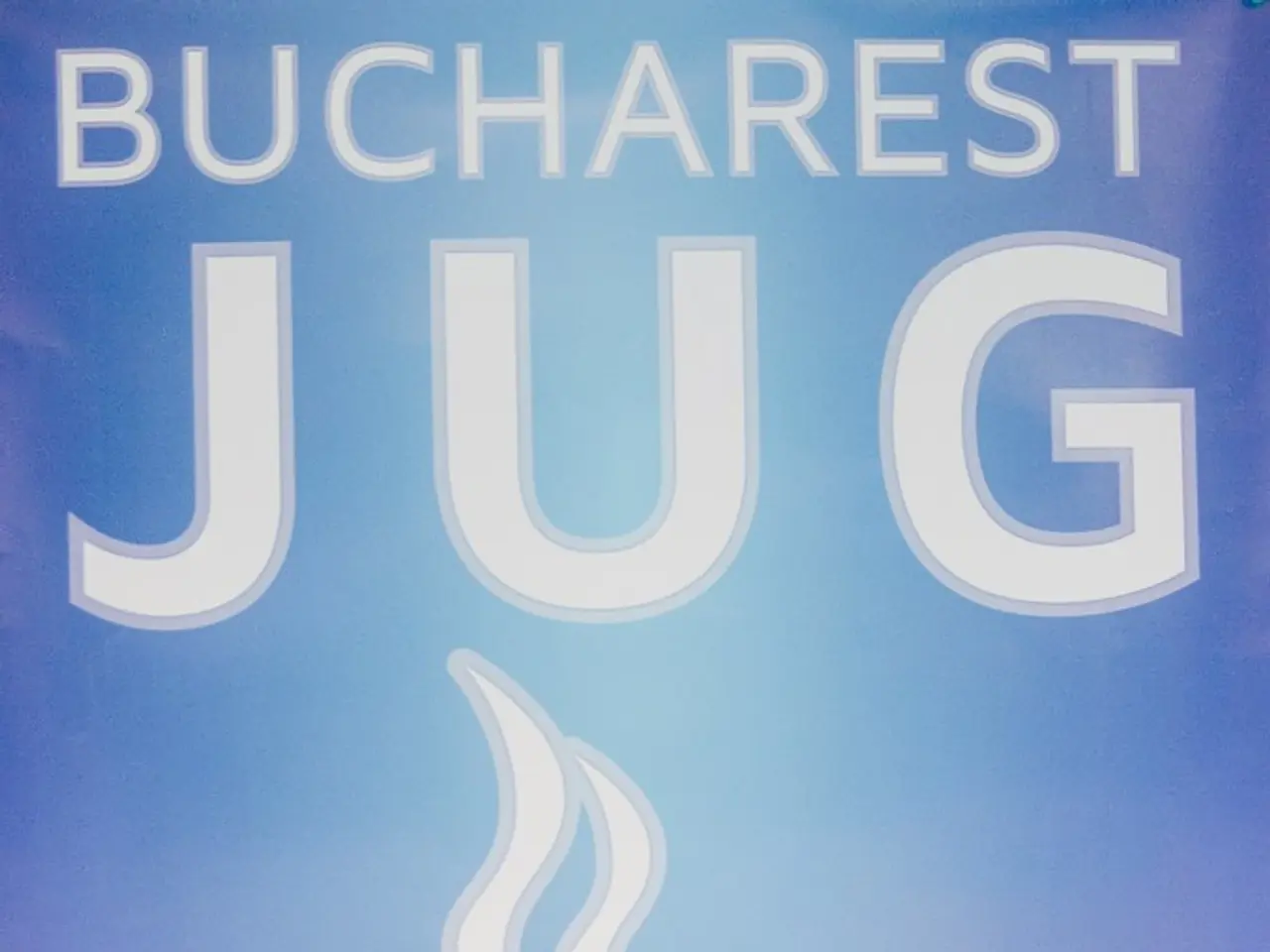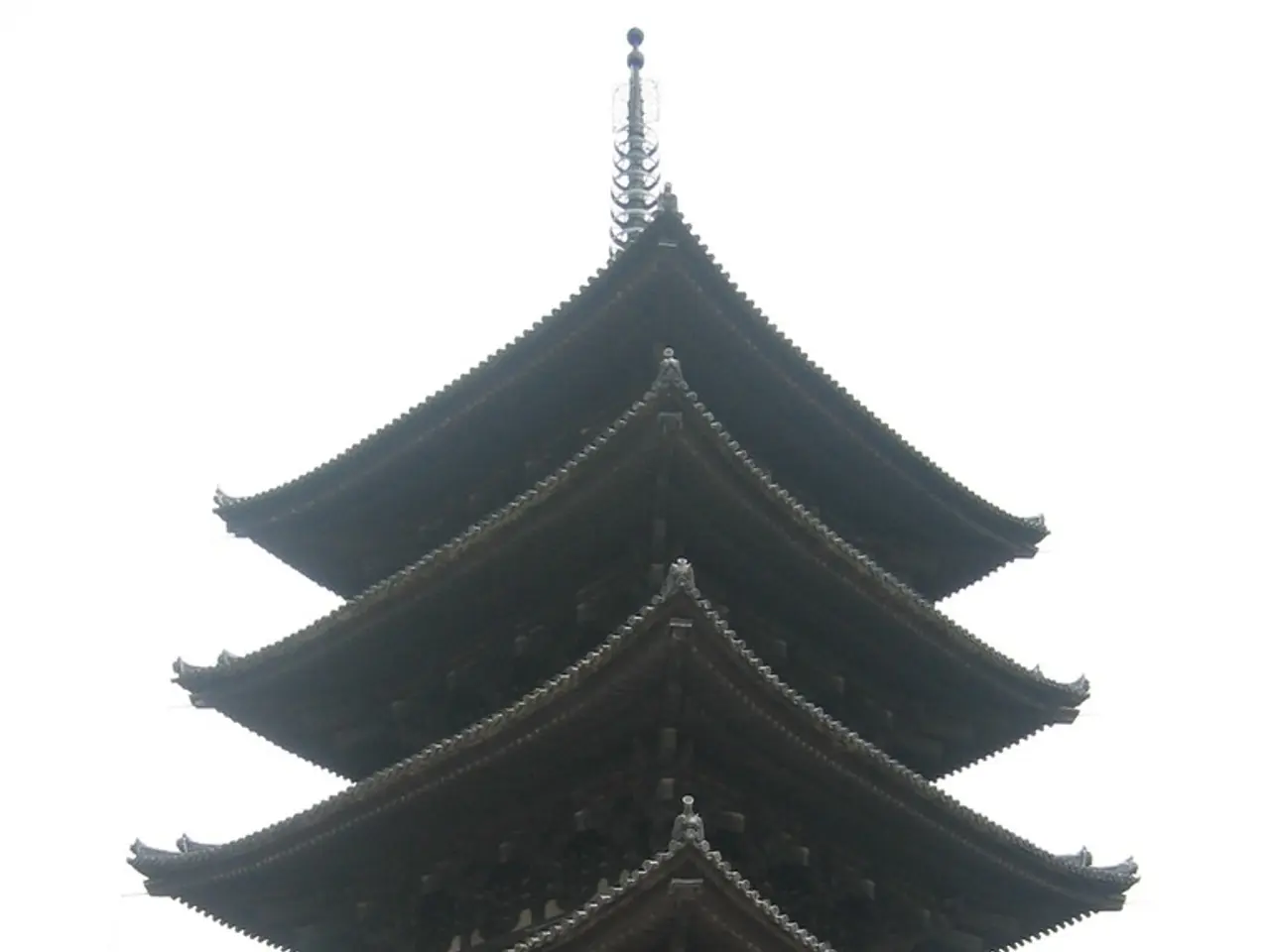Departure at the Federal Reserve Board: Trump seizes a potential opportunity
The Federal Reserve's interest rate decision-making process has recently witnessed a significant shift, with two governors, Michelle Bowman and Christopher Waller, dissenting against holding the benchmark federal funds rate steady. This marks the first time since 1993 that more than one member has dissented on rates[1][2].
This internal split signifies a notable divergence in views about monetary policy amid slowing economic growth and a cooling labor market. Bowman and Waller argue that inflation has moved closer to the Fed's target and the labor market shows signs of weakening, as evidenced by recent disappointing job growth data[1][4]. Their dissent comes despite Chair Jerome Powell's stance that inflation is not yet fully under control and a cut would be premature[4].
The implications of this dissent are multifaceted. Internally, it reveals growing debate and less unanimity in the Fed’s decision-making during a politically charged period under President Trump's administration—who has exerted pressure on the Fed to lower rates. Experts note that while the Fed strives for insulation from politics, recent actions indicate political influence is present, and multiple dissents may reflect that tension[3].
For the US economy, a rate cut could support continued economic growth by lowering borrowing costs, potentially softening the impact of tariffs and international trade tensions. Conversely, maintaining rates risks slowing the economy further given signs of labor market cooling[4]. For President Trump's agenda, cutting rates would align with his calls for easier monetary policy to bolster growth and markets; persistent rate hikes or steady rates could complicate his economic goals and political messaging[1][3].
In a related development, President Donald Trump has the opportunity to influence the future course of the US Central Bank due to a vacant board position. The resignation of Adriana Kugler on August 8 has created an opportunity for Trump to nominate loyal followers to the central bank council[5][6]. Trump has expressed happiness about the availability of a seat in the central bank council, as it sets the crucial interest rate[7].
Trump has long demanded a significant reduction in the interest rate to lower credit costs and stimulate consumption and investment[8]. He has publicly criticized Fed Chair Jerome Powell and demanded his resignation[9]. However, Trump's term for Powell ends in May, but he indicated that Powell will likely keep his post for now[10]. Trump has threatened Powell's dismissal but acknowledged legal hurdles and market uncertainty[11].
Waller is said to have political ties to Trump and is being considered as a possible successor to Fed Chair Jerome Powell[12]. The Fed, due to existing inflation risks from Trump's radical trade policy, is opting for a cautious monetary policy and hesitating with interest rate cuts[13]. Low interest rates make it easier for governments to borrow, as shown by the estimated $3.3 trillion increase in the deficit due to Trump's tax law over the next decade[14].
In conclusion, the rare dissent within the Fed's FOMC, political pressure from the White House, and economic uncertainties are shaping the future course of the US Central Bank. The upcoming interest rate decision in September is eagerly awaited, as it could significantly impact the trajectory of US economic growth and the administration’s economic agenda[1][2][3][4].
The internal dissent among Federal Reserve governors, led by Michelle Bowman and Christopher Waller, highlights a contentious divide over monetary policy, particularly concerning the federal funds rate. This unfolding debate, against the backdrop of slowing economic growth and a weakening labor market, could potentially influence the future course of US finance, business, and even politics, given President Trump's interest in lower interest rates.
The president's influence on the US Central Bank is further underscored by the vacant board position, providing him an opportunity to nominate staunch supporters to the central bank council, potentially impacting the general-news landscape significantly. As the upcoming interest rate decision in September approaches, the potential consequences for the US economy, business, and politics remain uncertain, adding to the existing air of uncertainty.




